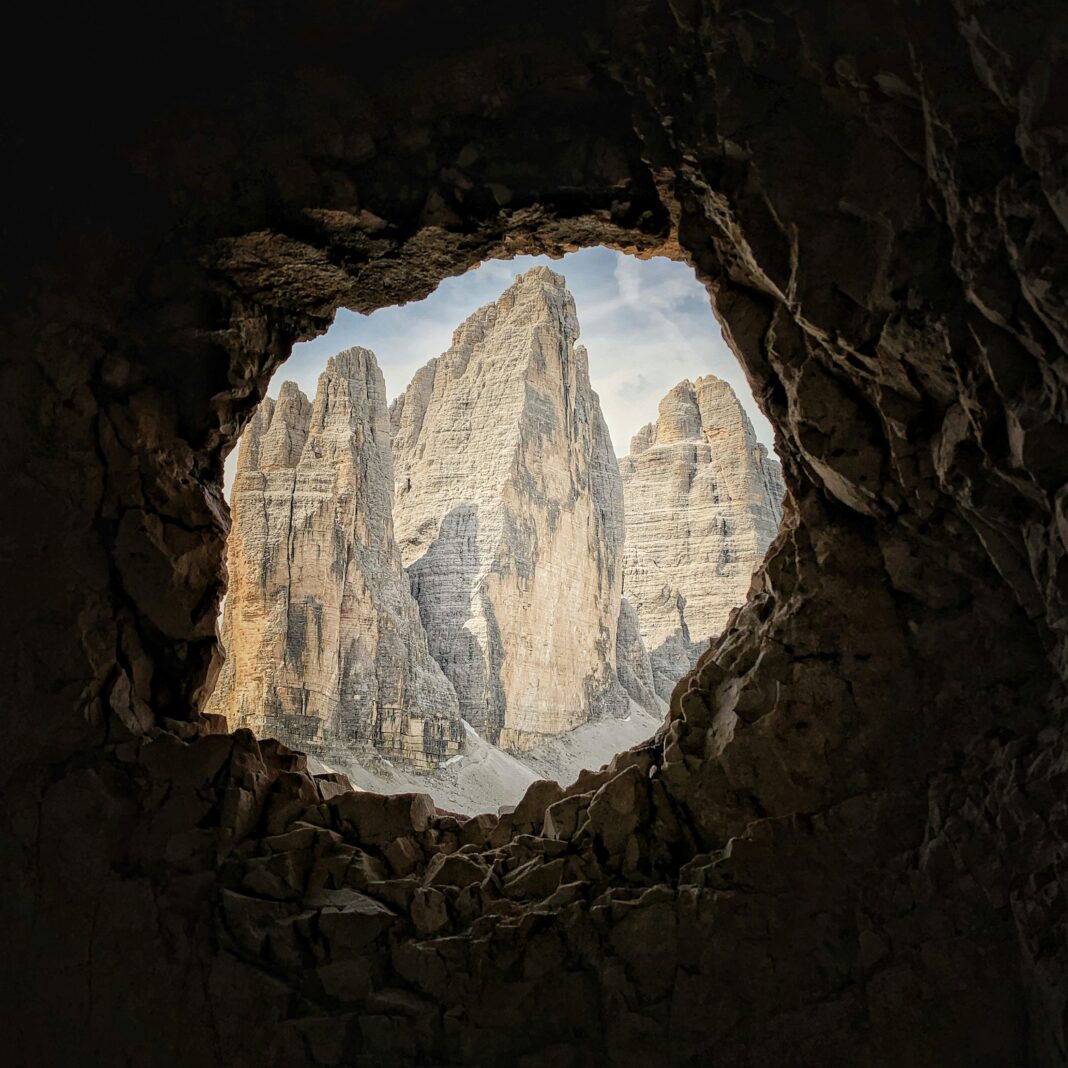Homo sapiens have been walking the Earth for more than 100,000 years. Particularly, on the vast lands of Africa—at least this is what currently available fossil evidence tells us. Quite amazingly as part of human nature, we seem to have a natural urge for creativity. Approximately around 25,500 BCE, a stone with an unidentified animal visualized was found. This mysterious stone was referred to as the Apollo 11 Stone, named after the famous NASA moon landing.
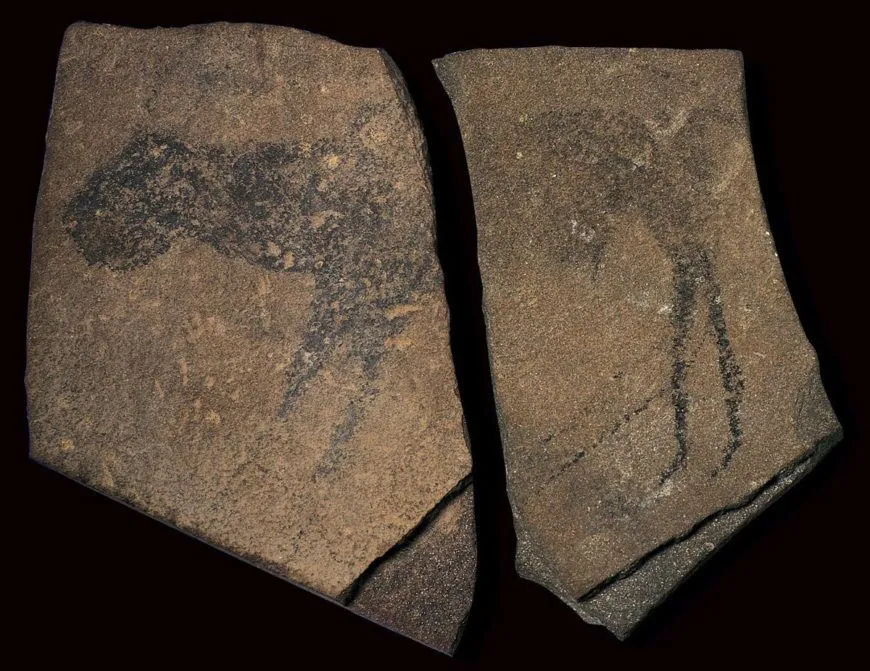
(Source: https://smarthistory.org/nitropack_static/MscySDTrZSCOsxwkzHKPDYCZNhgLehrI/assets/images/optimized/rev-76a672d/smarthistory.org/wp-content/uploads/2021/10/apollo-11-stone.jpg)
Nomadic Art:
In the earlier accounts of prehistoric art, humans were nomadic. This meant communities and tribes would frequently move to different locations in search of better food and resources. The nomadic nature of these societies meant that these artworks had to be small and portable. These artworks are often referred to by archeologists and art historians as art mobilier—moveable arts.
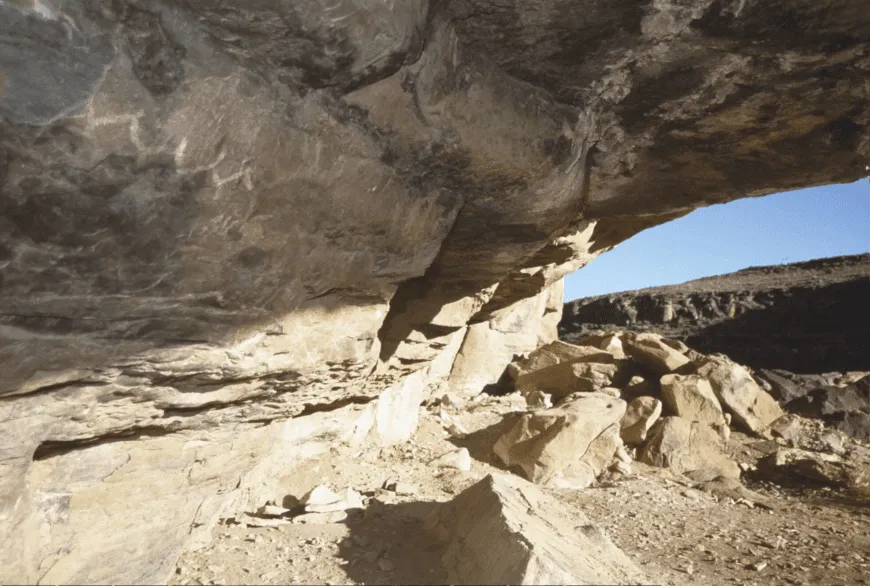
(Source: https://smarthistory.org/nitropack_static/MscySDTrZSCOsxwkzHKPDYCZNhgLehrI/assets/images/optimized/rev-76a672d/smarthistory.org/wp-content/uploads/2023/09/download-1-1536×1035.png)
The Great Hall of Bulls:
The Apollo 11 Stone is just one example of prehistoric art that fascinates modern humans. In Lascaux, France, the Great Hall of Bulls presented its glory after being concealed for thousands of years. Its “magic”, as appraised by art historians and archeologists, was crafted around 15,000 BCE. The cave features stunning hand-drawn figures of bulls, deer, lions, and bison created using charcoals and ochers. These are natural colours and pigments consisted of yellow, red, brown, and white hues. Upon the first discoveries of these cave paintings, people refused to believe these beautiful crafts were contrived so early. However, as the dating of these arts became more certain, people had to believe the truth. Prehistoric homo sapiens, who were previously thought of as “barbaric” and “lacking intelligence,” were, in reality, extremely brilliant.
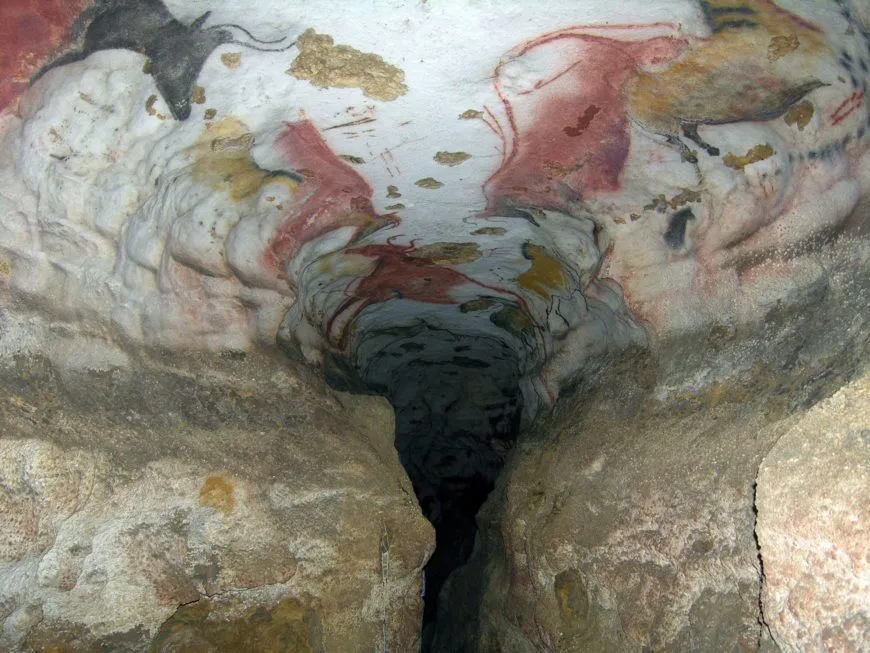
(Source: https://smarthistory.org/nitropack_static/MscySDTrZSCOsxwkzHKPDYCZNhgLehrI/assets/images/optimized/rev-76a672d/smarthistory.org/wp-content/uploads/2021/09/lascuax-II-narrow-1536×1152.jpg)
What was the purpose of the Great Hall of Bulls?
Compared to the Apollo 11 Stones, because of its great scale, the Great Hall of Bulls left slightly more information for us to interpret the message from our ancestors. Why did our ancestors create such works of art? Even though no certain answers can be made, there are reasonable speculations to this question. Some scholars believe that these paintings were part of rituals to pray for successful hunts. Given that prehistoric people were dependent upon hunting wild animals for living, we can reason that these people may have viewed the cave paintings as a way to “overpower” their prey in preparation for hunting and foraging trips.
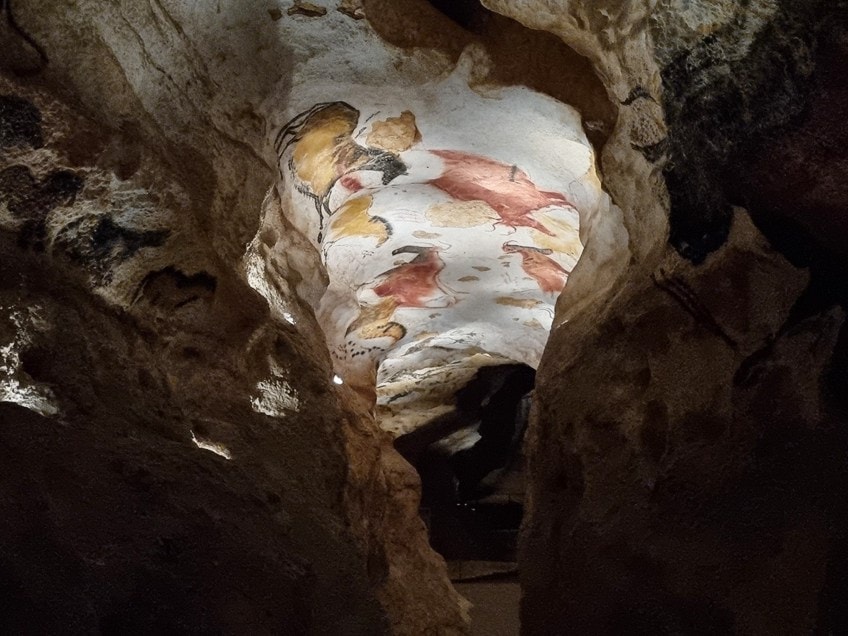
(Source: https://artincontext.org/wp-content/uploads/2021/12/Hall-of-Bulls-Location.jpg)
Venus of Willendorf:
At around the same era as the Great Hall of Bulls, at another spot on the European continent, in Lower Austria, excavations found a work of art from another artistic medium: sculptures. It was later known as the Venus of Willendorf, created at approximately 24,000 BCE. At first glance, we recognize that the sculpture depicts a woman—a woman that has a quite plump body shape and unidentifiable facial features. The most obvious features of this woman are her breasts and hips—which are exaggerated and pronounced.
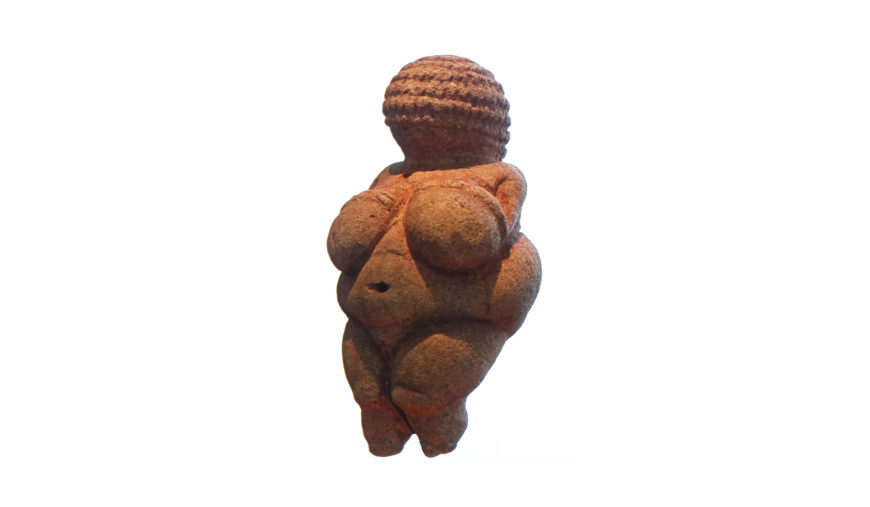
(Source: https://smarthistory.org/wp-content/uploads/2022/08/24211342451_7e87afc323_o-1536×895.jpg)
The first time I saw this artwork and tried to imagine the purpose of such artistic choices, I thought the reason for such design was for the tribe that possessed this sculpture to show off the wealth of resources they obtained through the well-fed body of its members. Undoubtedly, this seemed a reasonable guess (and it could be true as well). But the mainstream explanation generally accepted in the field is the following: in ancient times, people valued the ability of women to give birth to future generations, therefore they chose to celebrate the fertility of women by creating sculptures with apparent feminine characteristics.
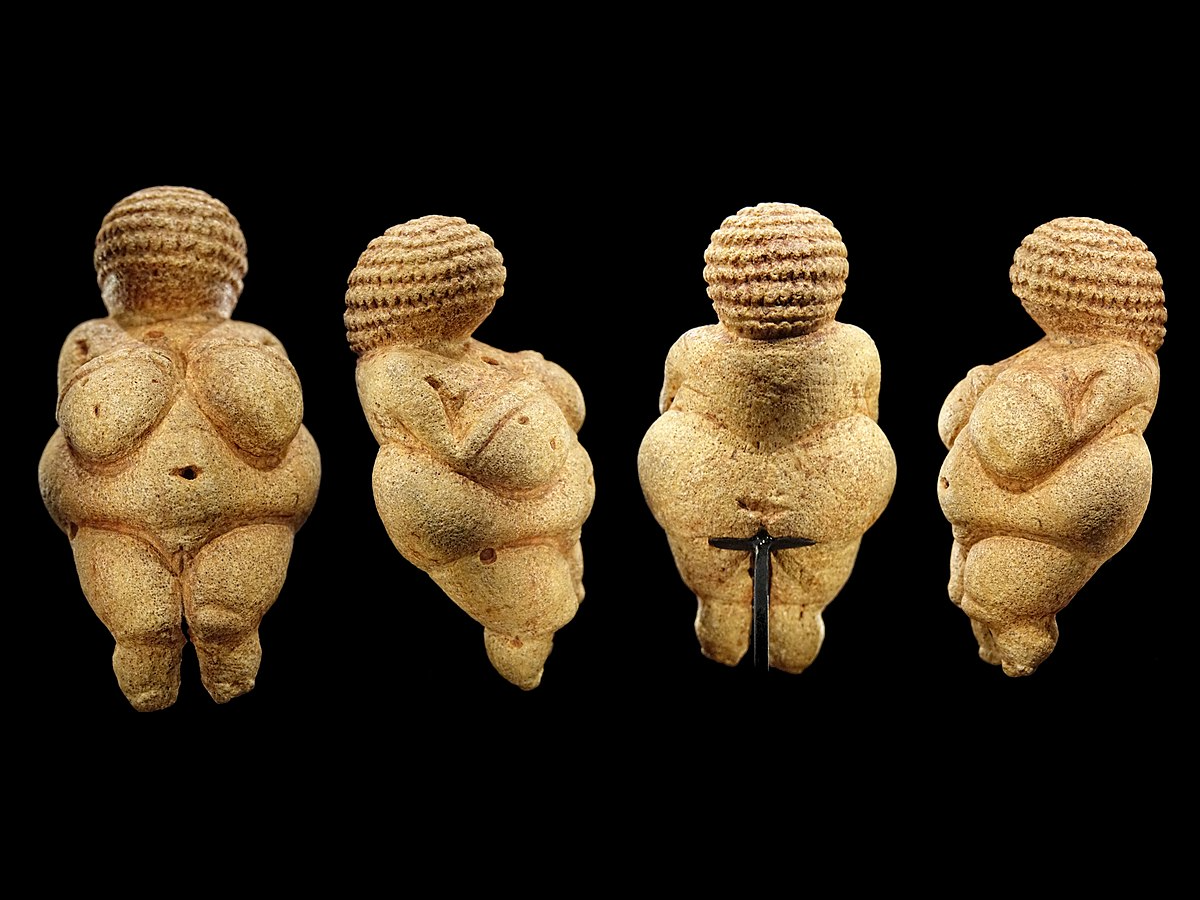
(Source: https://images.ctfassets.net/cnu0m8re1exe/6wt1O7yX5Dnkbl0Ebev3ML/e9223a13168512f18f4f7efd5b8fef3a/1200px-Venus_of_Willendorf_-_All_sides.png)
The Legacy of Prehistoric Art:
Prehistoric arts, such as the three introduced today, symbolize the brilliance of our ancestors to form organized communities and even societies. Their creativity to express using visuals and crafts making is truly phenomenal and worthy of every praise. Unfortunately, because of how early these artworks were created, countless of them have already been lost in the river of time. Some of them did withstand the test of flying time, yet we still do not have abundant knowledge and information to completely understand their lives thousands of years ago. These artworks are perhaps the only ways for us to communicate; their words travel through time to arrive before us.
Sources:


